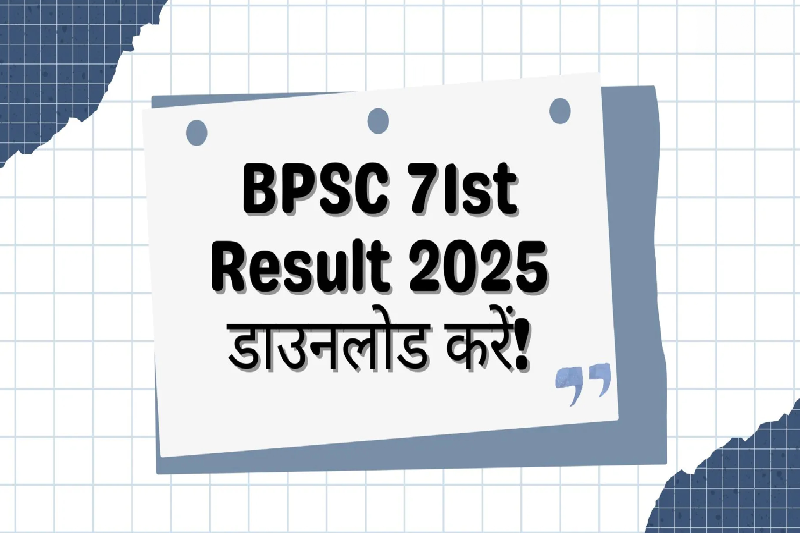
CBSE’s Mother Tongue Directive Sparks Confusion and Challenges for Schools Nationwide
In June 2025, the Central Board of Secondary Education (CBSE) issued a directive requiring all its affiliated schools across India to identify students’ mother tongues and realign teaching materials to use these languages as the medium of instruction for foundational classes (pre-primary to Class 2). This move aligns with the National Education Policy (NEP) 2020 and the National Curriculum Framework (NCF) 2023, both of which emphasize the importance of mother tongue instruction in early education.
However, the directive’s timeline and implementation details have left many school principals confused and concerned about its feasibility, given the diverse linguistic backgrounds of students and existing infrastructure limitations.
The Directive and Its Timeline
The CBSE instructed schools to complete the language mapping and curricular realignment by the end of the summer break, which is roughly the first week of July. Alongside this, schools are expected to conduct teacher training sessions focusing on multilingual pedagogy, classroom strategies, and language-sensitive assessments.
While the directive stresses a July implementation, it also acknowledges that schools may be granted extra time if needed. Schools must submit monthly progress reports and may receive visits from academic observers to provide support and guidance during the transition.
What CBSE’s Circular Mandates
At the foundational stage (pre-primary to Class 2), students should be taught primarily in their mother tongue, home language, or a familiar regional language (termed R1). Ideally, this would be the child’s mother tongue, but if that is impractical, a familiar state language may be used as an alternative.
For classes 3 to 5 (the preparatory stage), students may continue learning in their R1 language or be offered instruction in an alternate language (R2). This means foundational subjects, including mathematics, must now be taught in the child’s mother tongue or a familiar language.
The NCERT has supported this policy by releasing e-textbooks in multiple scheduled Indian languages over the past two years.
CBSE frames this initiative not just as a curricular adjustment but as a commitment to India’s linguistic and cultural diversity, intending to build unity through multilingual education.
Schools Struggle with Diversity and Logistics
Many schools, especially in metropolitan areas like Delhi, have students from vastly different linguistic backgrounds. One South Delhi school principal shared that their student body includes children whose mother tongues range from Malayalam (Kerala) to Bhojpuri (Bihar) and Haryanvi (Haryana).
Mapping mother tongues has often involved conducting parent surveys via Google Forms; however, schools report significant challenges in offering instruction in multiple languages within a single classroom. Many schools currently teach foundational levels in Hindi and English, the two most widely understood languages, and are considering continuing this approach due to its practicality.
Teacher Training and Staffing Challenges
Implementing mother-tongue instruction requires trained teachers who are fluent in the students’ native languages. However, many schools lack educators proficient in all the mother tongues represented in their classrooms.
Kulbhushan Sharma, President of the National Independent Schools Association (NISA), noted the impracticality of expecting teachers to learn multiple languages or the need to hire numerous teachers per subject based on language. He emphasized that effective implementation would require careful recruitment and training well in advance of the policy deadline.
Concerns About Linguistic Diversity and Medium Dominance
Some principals fear that the new policy will unintentionally promote Hindi as the dominant medium of instruction outside government schools, particularly in northern states, as Hindi is often the ‘familiar language’ used when a child’s mother tongue differs or is unavailable.
In Mumbai, a CBSE-affiliated school principal noted that many parents deliberately opt for private English-medium schools and questioned whether the policy would truly promote linguistic diversity. They highlighted that Marathi-medium schools are available and preferred by families wanting instruction in the regional language.
Mixed Interpretations Among Schools
Education experts emphasize that the circular’s wording has led to diverse interpretations among schools. Ameeta Mulla Wattal, Chairperson of the DLF Foundation Schools, called for clear guidance and workshops from the CBSE to help educators understand how to integrate mother tongue instruction effectively.
Proactive schools, such as ITL Public School in Dwarka, Delhi, have embraced the challenge by identifying over 20 mother tongues among their students. Their solution includes “language trees” to teach basic words from different languages, and focuses on Hindi and English as the most common.
Assessment Confusion and Fairness Concerns
One of the biggest concerns is how teaching in mother tongues aligns with assessment practices. The CBSE has not explicitly mandated assessments in the mother tongue at the foundational level, and some principals are unsure how this will work in practice.
Since classes 1 and 2 typically do not have formal exams, this presents fewer issues early on. However, for classes 3 to 5, where exams begin, many worry about the fairness of teaching students in their mother tongue but assessing them in English or Hindi.
The principal from Navi Mumbai expressed concerns about potential unfairness, especially in private schools where English is the dominant language of assessment.
Schools’ Responses and Preparations
Several schools have already begun mapping student languages and preparing teaching materials accordingly. For example, the Indian School shared its language mapping efforts but clarified that CBSE’s instructions focus on teaching rather than assessment language.
In light of the challenges, many schools hope CBSE will provide further clarity, extended timelines, and practical support, including teacher training workshops, to ensure smooth implementation.
Conclusion: A Noble Goal with Practical Hurdles
CBSE’s mother tongue directive represents a vital step towards promoting multilingual education and honoring India’s rich linguistic diversity in early schooling. However, the ambitious timeline, diverse student demographics, lack of trained teachers, and unclear assessment policies have left schools grappling with how best to implement the change.
For this policy to succeed, clear communication from CBSE, adequate teacher training, flexible timelines, and a pragmatic approach to linguistic diversity will be essential. Only then can the vision of a truly multilingual foundational education become a reality across India’s vast and varied school landscape.



